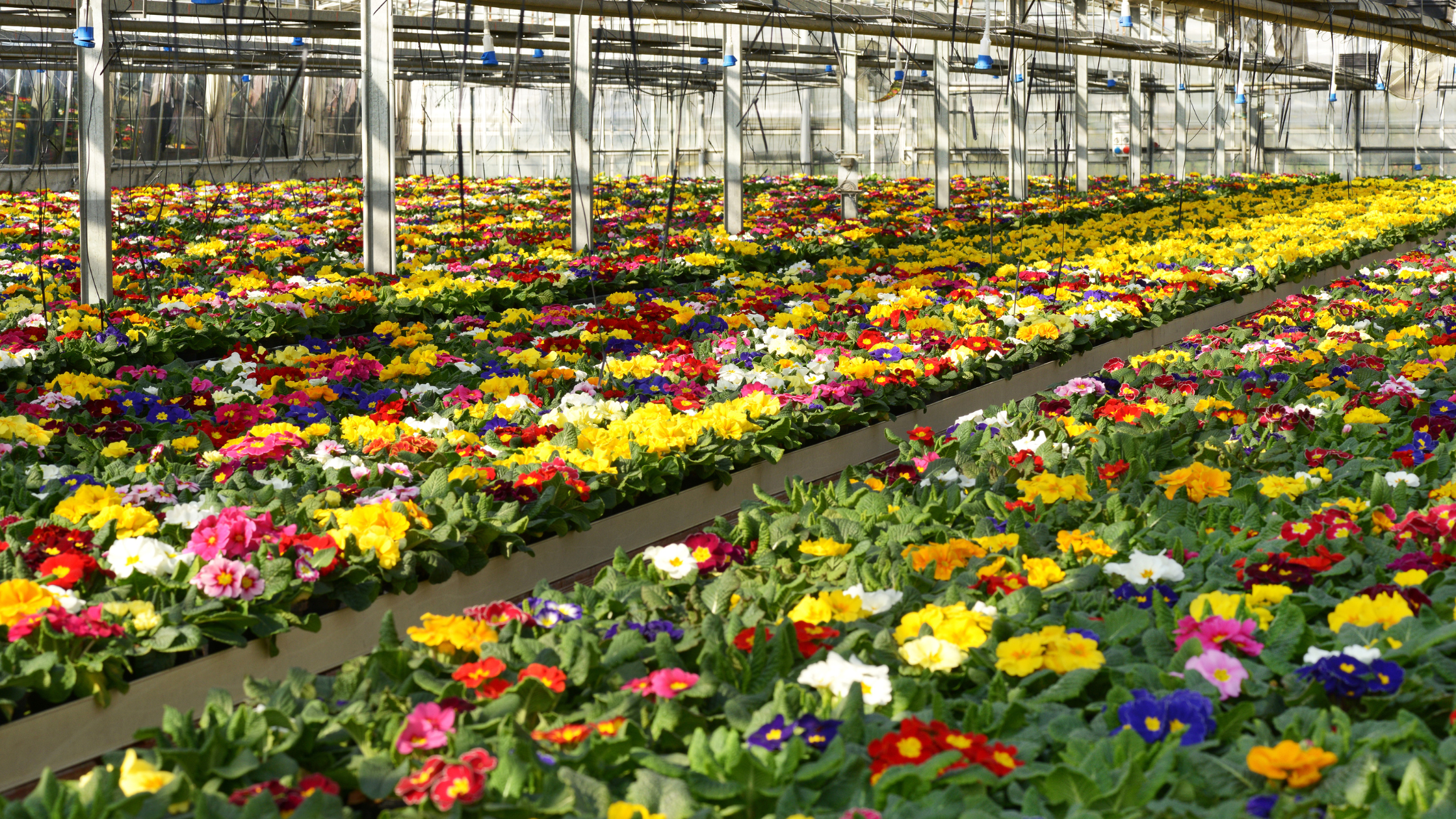In a world adorned with the beauty of blooming flowers, the cut flowers industry stands as a symbol of elegance and romance. However, behind the vibrant petals and sweet fragrances lies a less romanticized reality – a realm of hidden costs that extend beyond the price tag. Keep reading to learn more about the real cost of the cut flowers industry, from environmental impacts to labor issues.
The Price We Pay for Beautiful Bouquets
 Harvesting Beauty at a Price
Harvesting Beauty at a Price
The picturesque bouquets that grace our homes often come at a significant environmental cost. Large-scale flower farming involves the use of pesticides and fertilizers, contributing to soil and water pollution. Moreover, the extensive carbon footprint associated with transporting flowers globally adds to the industry's environmental toll. As consumers, it's crucial to consider the ecological impact of our floral choices.
The Trouble with Pesticides
Flower farms worldwide heavily rely on pesticides to protect their crops from pests. However, this practice has severe consequences for the environment. Pesticide runoff contaminates nearby water sources, harming aquatic ecosystems and endangering the health of surrounding communities. Promoting sustainable farming practices and raising consumer awareness can mitigate the environmental degradation caused by pesticide overuse. Learning how to preserve flowers and how to dry flowers can also reduce waste, giving blooms a longer life.
Why Your Flowers Have a Carbon Footprint
The journey of cut flowers from farm to vase often spans continents, resulting in a substantial carbon footprint. According to the association Flowers from the Farm, air transportation and refrigeration are major contributors to the flower industry's greenhouse gas emissions. Choosing local and seasonal flowers, such as those available at a flower shop near you, reduces the environmental impact by minimizing long-distance transportation.
Labor Exploitation in the Flower Industry
 The Human Cost in the Flower Industry
The Human Cost in the Flower Industry
While flowers symbolize love and happiness, the human stories behind their cultivation can be far from idyllic. Many flower-producing regions witness labor exploitation, with workers facing substandard wages, unsafe working conditions, and limited labor rights. Flowers for Valentine’s Day and other occasions should be sourced ethically to support fair practices.
Low Wages and Unsafe Working Conditions
In some flower-producing countries, laborers often endure low wages and hazardous working conditions. Exposure to harmful chemicals used in flower farming poses health risks to workers, and inadequate safety measures exacerbate these issues. Advocating for fair labor practices and supporting ethically certified flower producers can address these challenges.
Limited Workers' Rights and Unionization
Workers in the cut flowers industry, particularly in developing nations, may face challenges in organizing unions or advocating for their rights. The lack of collective bargaining power leaves employees vulnerable to exploitation. By choosing flowers from companies that prioritize workers' rights, consumers can help promote fair labor practices.
The Economic Impact on Local Farmers
 Petals vs. Livelihoods
Petals vs. Livelihoods
The dominance of large-scale flower farms can have adverse effects on local economies, particularly for small-scale farmers. The pressure to meet global demands often leads to the displacement of local growers, threatening their livelihoods and the cultural significance of traditional flowering practices.
Small Flower Farms Are Getting Pushed Out
Large flower farms, driven by demand from global markets, may overshadow smaller, local producers. This displacement can result in economic hardships for local farmers who struggle to compete with mass-produced flowers. Supporting local flower markets and community initiatives sustains the livelihoods of small-scale growers.
Cultural Implications of Flower Farming
The cut flowers industry's expansion can erode the cultural significance of traditional farming practices. As large-scale operations take precedence, the rich heritage and diversity of regional flower cultivation face the risk of being overshadowed. Preserving these cultural practices is essential for communities and contributes to the unique beauty of floral varieties.




















































































